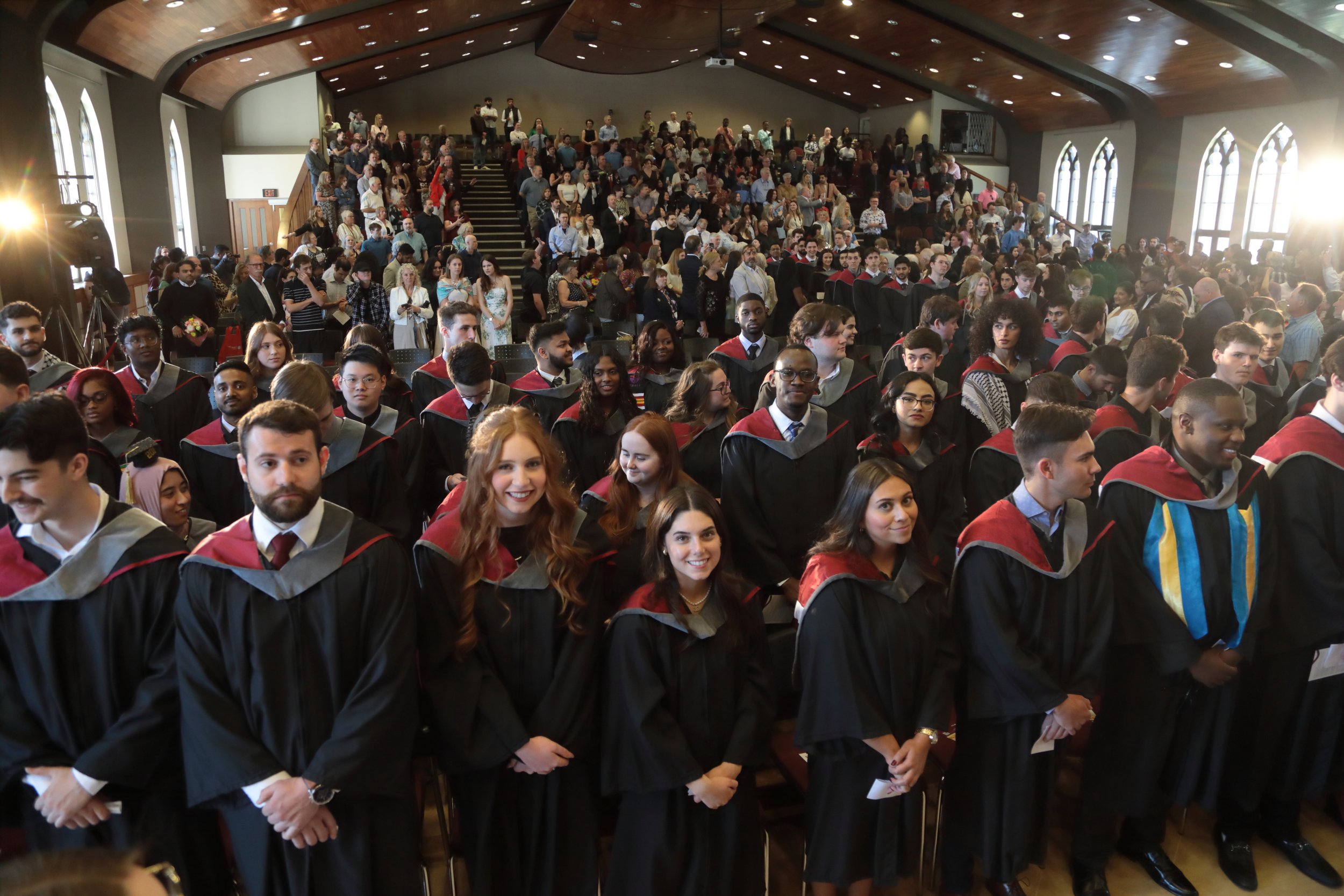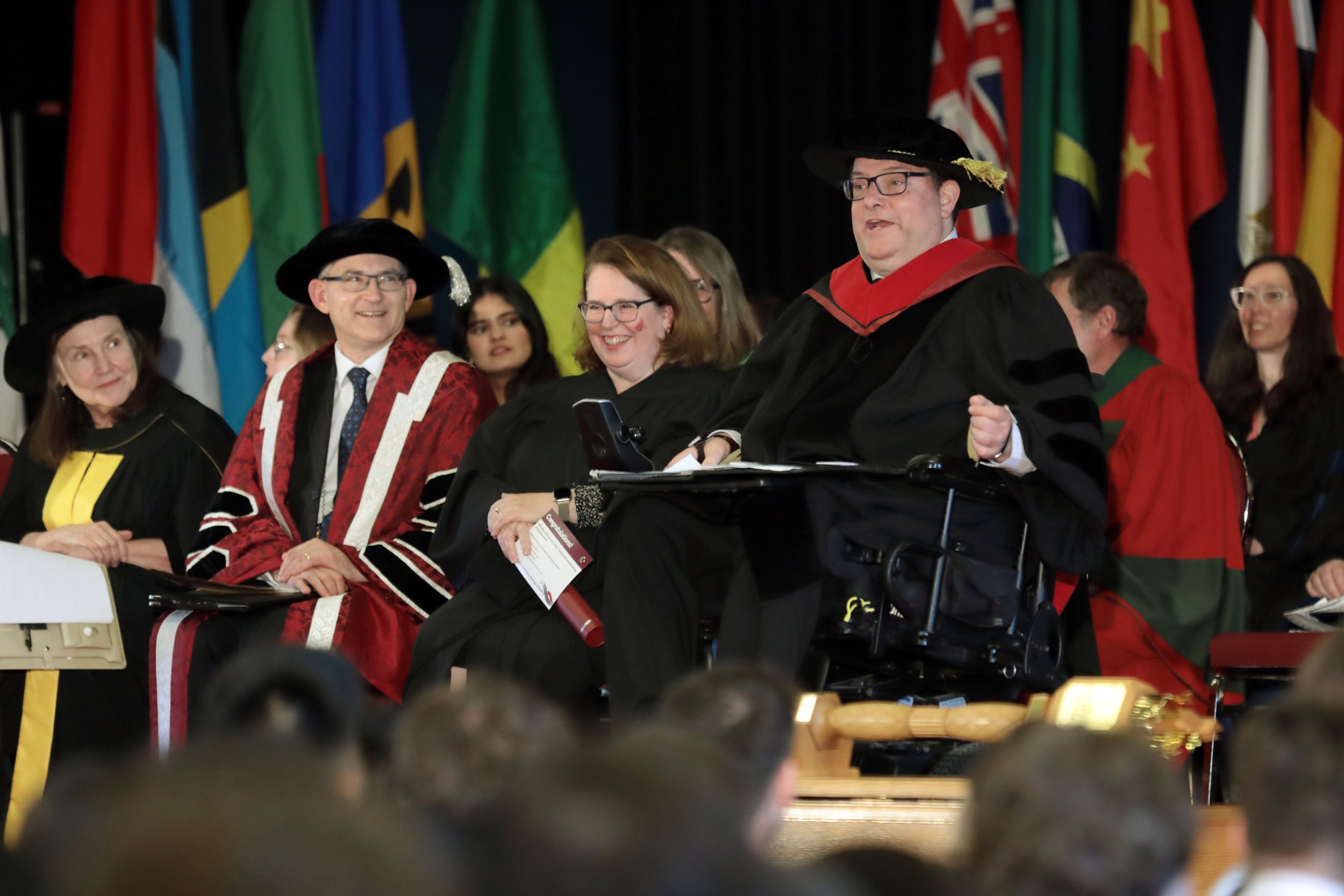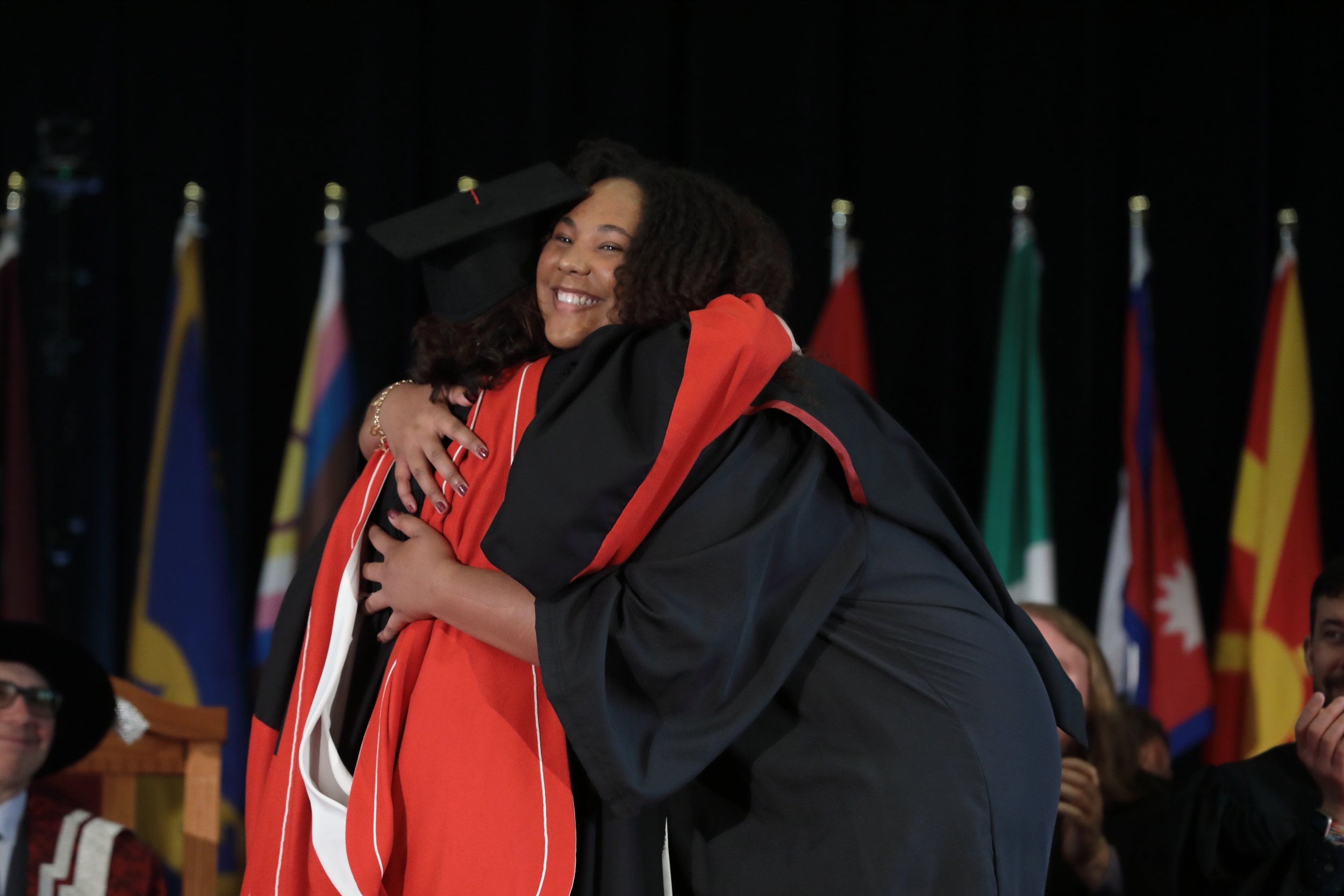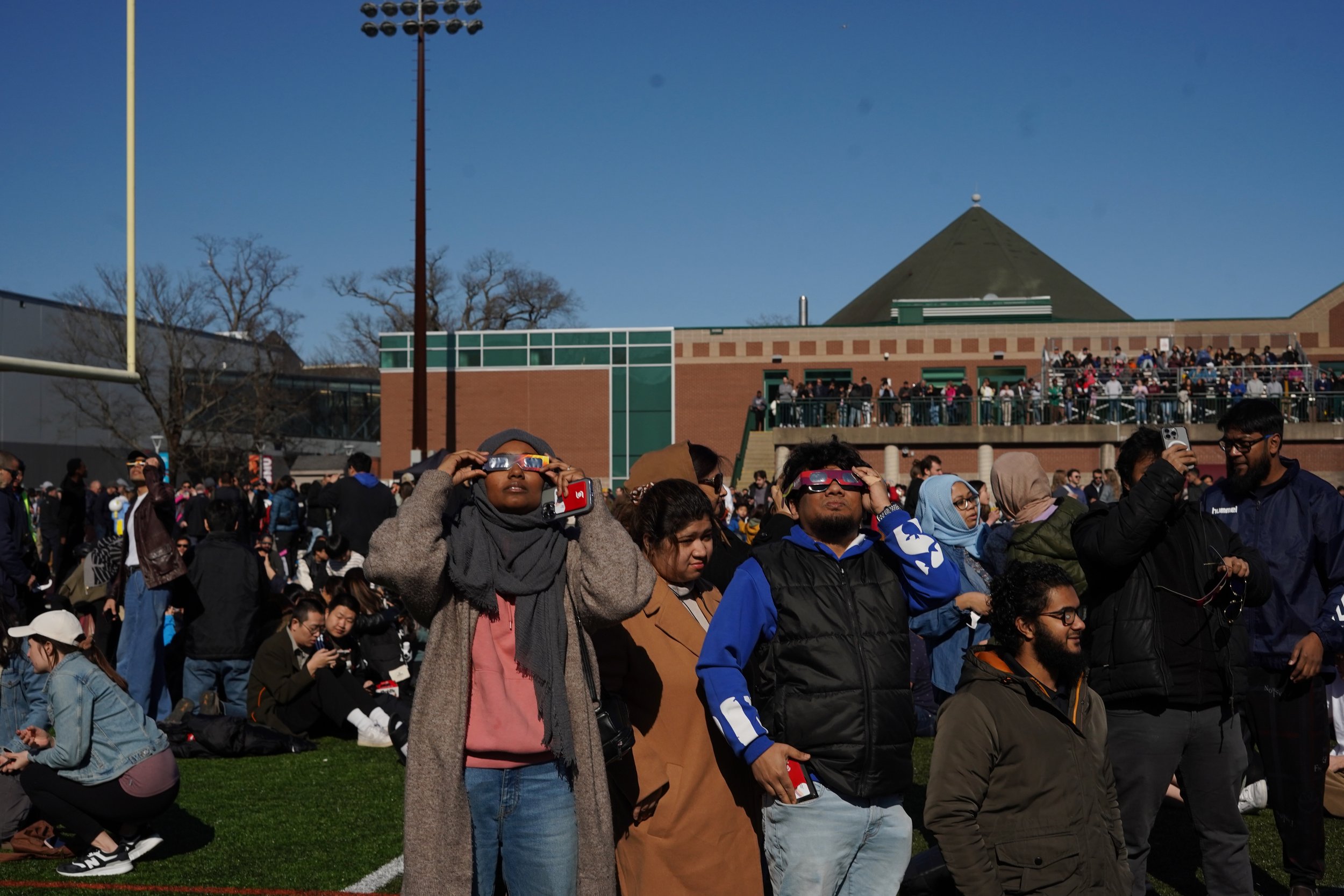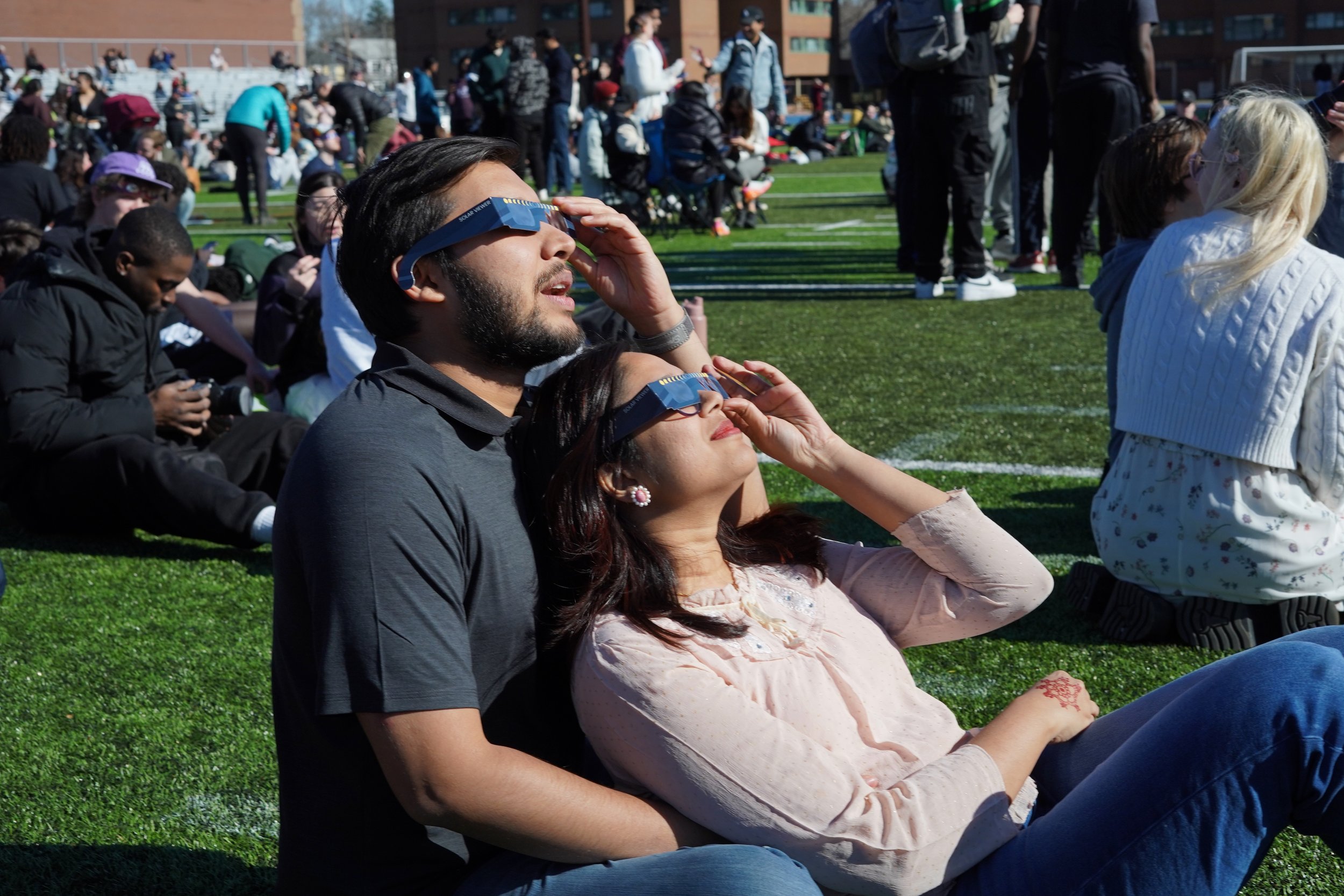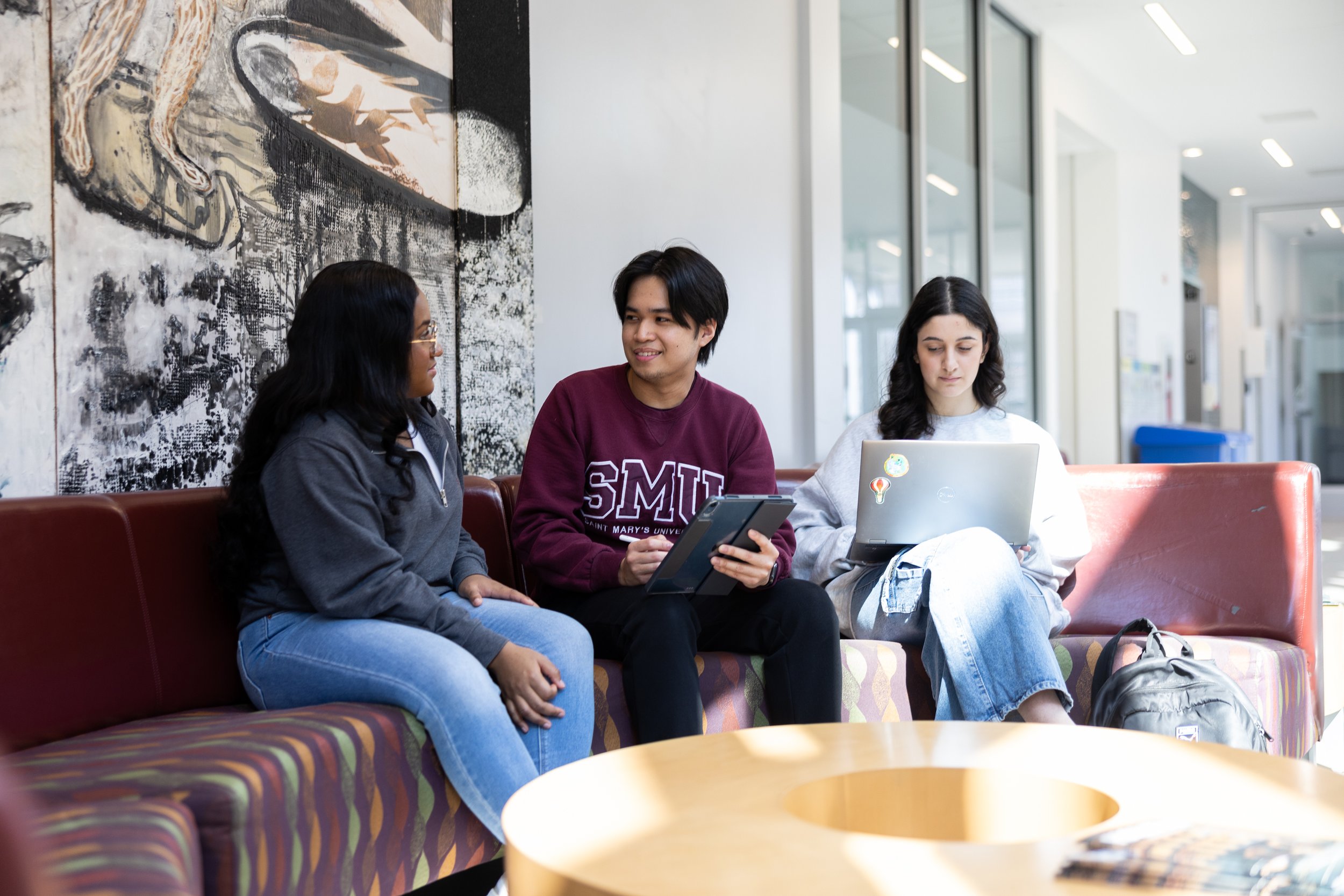Dr. Sam Veres
Saint Mary's University is delighted to announce that Dr. Sam Veres has been appointed Dean of the Faculty of Science, effective July 1, 2024.
“Dr. Veres brings a wealth of experience and enthusiasm to this pivotal role, and he will continue to build upon the exciting ventures already underway in the Faculty of Science,” says Saint Mary's University President Dr. Robert Summerby-Murray. “His thoughtful leadership will ensure the continuing growth and success of the Faculty of Science, known for its research and teaching excellence.”
Having joined Saint Mary’s in 2013 as an Assistant Professor in the Division of Engineering, Dr. Veres has since served as Graduate Program Coordinator for the MSc and PhD in Applied Science programs. In 2019, he assumed the role of Associate Dean, Student Affairs and Supports, and most recently he stepped into the interim Dean of Science role in 2023.
“The Faculty of Science at Saint Mary’s is an exceptional place—a place filled with exceptional people who are extremely dedicated to delivering the best scientific education available while undertaking impactful, internationally recognized, and locally connected research,” says Dr. Sam Veres, Dean of Science. “I am very excited about what lies ahead—about enabling more students to experience Science and Engineering education at SMU and supporting faculty and staff to see their ambitions become reality. We have a tremendous pipeline of new initiatives—it’s really a very exciting time for the Faculty of Science.”
Originally from East Dover, Nova Scotia, Dr. Veres has a Bachelor of Engineering in Mechanical Engineering from Dalhousie University and a PhD in Chemical & Materials Engineering from the University of Auckland, followed by a Killam Postdoctoral Fellowship in the School of Biomedical Engineering at Dalhousie University.
In his research, Dr. Veres investigates structure-function relationships in load-bearing connective tissues like tendons and intervertebral discs, integrating concepts from engineering, chemistry, biology, physics and medicine. His research has provided fundamental insights into healthy tissue performance, as well as tissue development, aging, mechanical damage and disease.
Dr. Veres’ research contributions have been recognized globally. He has received the ISSLS Prize for Lumbar Spine Research three times—one of the top international accolades in spinal research, which is presented annually by the International Society for the Study of the Lumbar Spine (ISSLS). His research has been supported by grants from the Natural Sciences and Engineering Research Council of Canada (NSERC), Canadian Institutes of Health Research (CIHR), and Research Nova Scotia.
As Dean of Science, Dr. Veres will champion excellence in teaching, learning and research, fostering growth through the development of new programs, facilities and initiatives.







